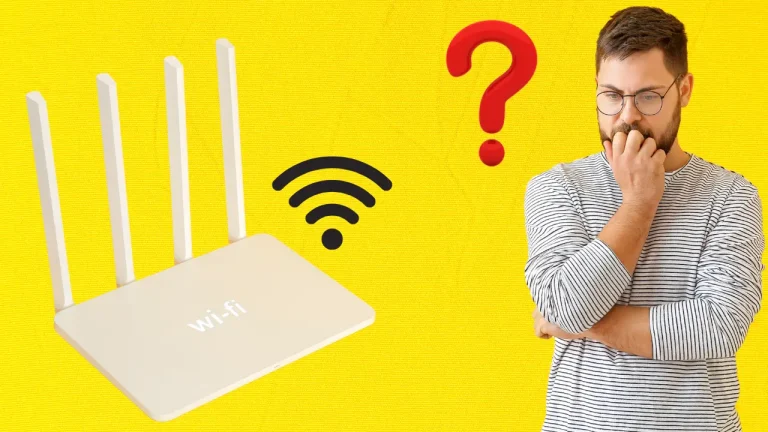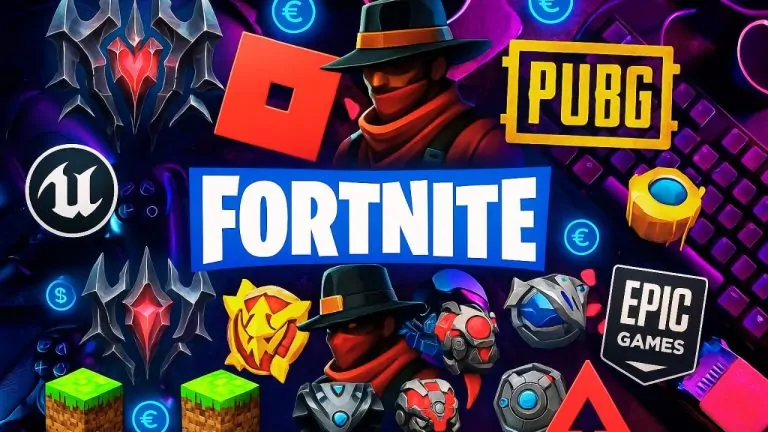Snapchat Planets: How Does Friend Solar System Work? [2025]
When I first heard about Snapchat Planets and the Friend Solar System, I was curious—and a little confused. What do these planets mean? How does this feature reflect my Snapchat friendships?
After exploring it myself and digging into the details, I discovered that this creative feature is more than just visual flair—it’s Snapchat’s smart way of showing how close I am with my friends. I’ll break down exactly how Snapchat Planets work, how they’re ranked, and why they might change the way you view your connections on the app.
Snapchat Planets: How Does Friend Solar System Work? Find out how Snapchat uses planets to show friendship ranks, what each planet means, and where you stand.
What Are Snapchat Planets?
Snapchat Planets are a creative, visual representation of your friends on Snapchat. Imagine your friend list as a little solar system, where you are the sun at the center, and each friend is a planet orbiting around you. The closer the planet is to you, the closer you are to that friend based on how much you interact.
This concept is a fresh take on showing friend relationships and activity. Instead of just a boring list or random order, Snapchat uses the planet and solar system metaphor to bring your friend network to life.
When I saw this for the first time, it really clicked for me. It was like seeing my social connections as a living, moving universe that changes with every snap or message.
Why Did Snapchat Introduce Planets?
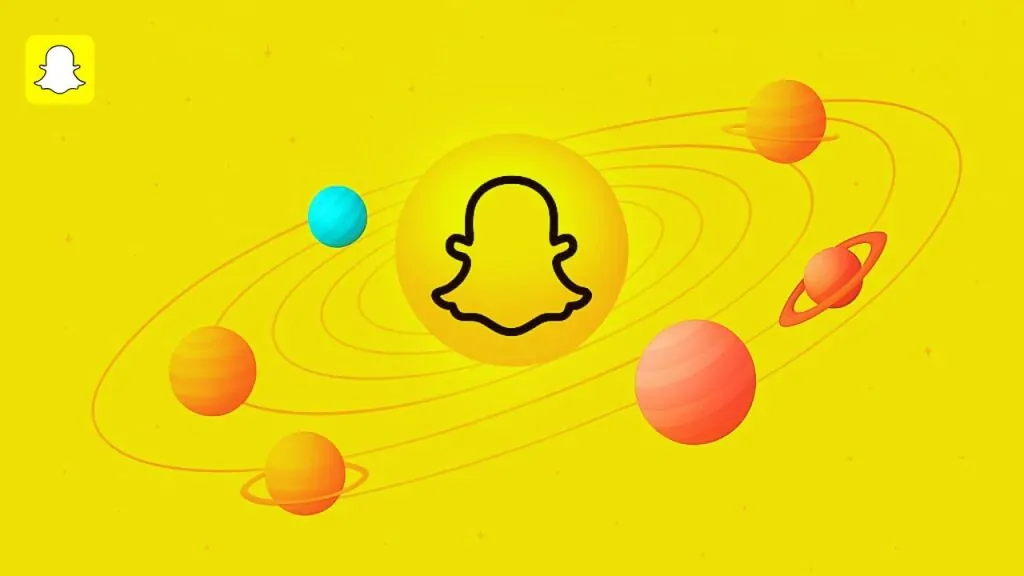
Snapchat constantly tries to make chatting and sharing more immersive and fun. The traditional way of listing friends alphabetically or by last activity felt dull and didn’t give me a clear idea of who I really interacted with most.
With Snapchat Planets, the app makes it visual. This feature helps users quickly see who their closest friends are — the ones who are like planets orbiting closer and faster around their sun (that’s you).
For me, this made opening Snapchat a little more fun and meaningful. Instead of just swiping through names, I’m exploring a universe of friendships.
How Does the Friend Solar System Work?
Here’s the heart of the matter: how does this solar system actually work? I found that the system is based on your interactions with friends. Let me break it down:
- You are the Sun: Everything revolves around you.
- Friends are Planets: Each friend’s planet orbits you at varying distances.
- Closer Planets = Closer Friends: The more snaps, chats, and story views you share with a friend, the closer their planet gets to you.
- Orbit Speed = Interaction Frequency: Friends who snap or chat with you frequently have planets that orbit faster, showing active engagement.
In my own Snapchat, I noticed that the friends I interact with daily had planets very close to me, while old or less interactive friends’ planets were farther away.
What Factors Affect a Planet’s Position?
I was curious about what determines a planet’s position around you. It turns out Snapchat uses multiple data points:
- Snap frequency: How often you send and receive snaps from a friend.
- Chat messages: Text conversations count too.
- Story views and replies: Watching and responding to stories increases closeness.
- Mutual friends and group chats: Being part of the same groups or having mutual friends adds weight.
- Recency: Recent interactions matter more than old ones.
This multi-factor approach means your Snapchat solar system updates dynamically based on your social behavior, not just one metric.
How to See Your Snapchat Friend Solar System
If you haven’t checked out your Friend Solar System yet, here’s how I did it:
- Open Snapchat and tap your profile icon at the top left.
- Scroll down to find the Friend Solar System section or look for a new “Planets” tab in your friends list.
- Tap it, and you’ll see your friends represented as planets orbiting around your sun icon.
- Tap any planet to view that friend’s profile, send a snap, or start a chat.
It feels like you have a mini galaxy of friendships at your fingertips, and it’s honestly pretty fun to explore.
What Do Different Planets Mean?
Not all planets are the same in your Snapchat solar system. Here’s what I learned:
- Big, bright planets: These represent your closest friends with frequent interactions.
- Small, dim planets: Casual friends or acquaintances you don’t talk to much.
- Fast-orbiting planets: Friends you’re currently engaging with actively.
- Slow or distant planets: Friends you’ve drifted apart from or rarely interact with.
Understanding this helped me realize some friendships I thought were strong were actually distant in my Snapchat solar system—and it encouraged me to reconnect.
Why Does This Matter? The Psychology Behind Snapchat Planets
What I find fascinating is how Snapchat taps into human psychology here. We naturally understand closeness through proximity — think of family, friends, or colleagues sitting near or far from us in real life.
By representing friends as planets orbiting you, Snapchat uses a familiar metaphor for relationship strength. It’s more intuitive than just numbers or lists. This visual approach makes it easier to see who matters most in your social life and who you might want to pay more attention to.
Can You Influence Your Friend’s Planet Position?
A question I had was whether I can control where a friend’s planet appears. The answer is yes, but indirectly.
The position depends on your interactions:
- Snap more frequently with a friend to pull their planet closer.
- Chat regularly to increase connection strength.
- View and reply to their stories often.
In other words, your planet positions are a reflection of real social activity, so you can “move” planets closer by being more engaged.
Privacy Concerns: Is Your Friend Solar System Visible to Others?
I wondered if other people can see my solar system or my planet’s position. Thankfully, Snapchat keeps this private. Your Friend Solar System is visible only to you.
No one else can see how close or distant their planet is relative to yours or anyone else’s. It’s a personal visualization tool, not a public ranking.
How Snapchat Planets Differ from Other Social Features
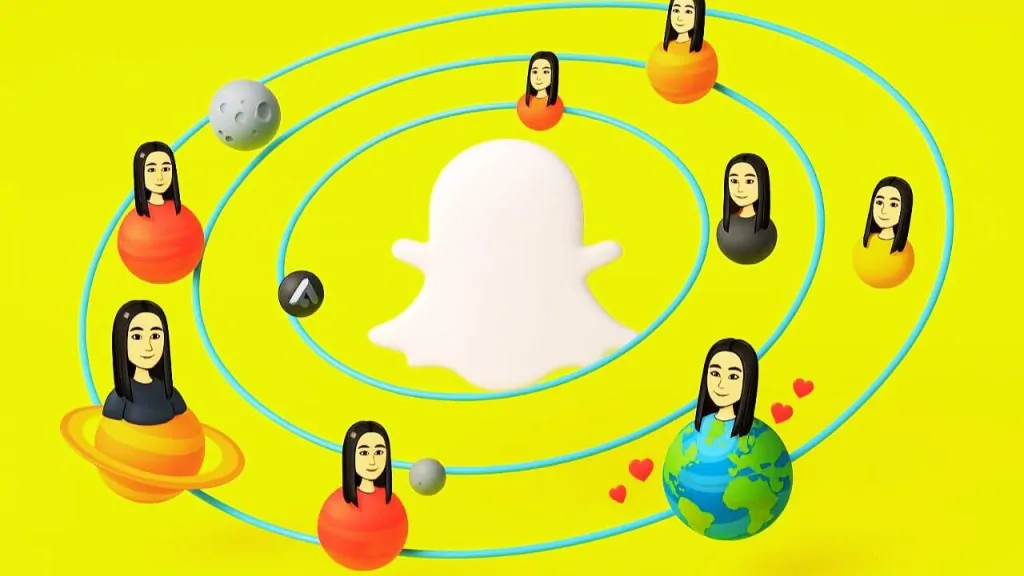
Snapchat Planets add a unique, visual twist to friend relationships. Compared to:
- Instagram’s Close Friends: A manual list without dynamic visuals.
- Facebook’s Friend Suggestions: Algorithmic but less interactive.
- Snapchat’s Best Friends: Text-based and limited to top contacts.
The Friend Solar System stands out because it’s dynamic, fun, and visually engaging, making it easier and more enjoyable to understand your social connections.
My Personal Tips to Get the Most Out of Snapchat Planets
Based on my experience, here are some ways to make this feature useful:
- Use it as a quick check-in to see which friends you’re connecting with most.
- Don’t worry about distant planets—friendships change naturally over time.
- Reach out to planets far away if you want to revive those friendships.
- Tap planets to start chats or send snaps easily.
- Keep interacting to keep your closest friends close in your solar system.
What’s Next for Snapchat Planets?
I believe Snapchat will continue improving this feature. Imagine:
- Group galaxies representing friend groups or communities.
- Themed planets or personalized customization.
- Integrations with Snap Map or Stories.
This could transform how we experience social media, making digital friendships feel more like real relationships.
FAQ’s:
1. What are Snapchat Planets and how do they work?
Snapchat Planets represent your friends as planets orbiting around you in a solar system. The closer and faster a planet orbits, the more you interact with that friend through snaps, chats, and story views.
2. How can I see my Friend Solar System on Snapchat?
To view your Friend Solar System, open Snapchat, tap your profile icon, then find the Friend Solar System or Planets section in your friends list. Here, friends are shown as planets orbiting your sun icon.
3. Can other people see my Snapchat Friend Solar System?
No, your Friend Solar System is private and only visible to you. It’s a personal visualization of your interactions and friend closeness on Snapchat.
4. Why are some planets closer to me than others in Snapchat?
Planets closer to you indicate friends you interact with most frequently. Snapchat uses snap frequency, chat messages, story views, and recent activity to determine the distance of each planet.
5. Can I change the position of a friend’s planet in my Snapchat solar system?
Yes, you can influence a friend’s planet position by increasing interaction. Sending more snaps, chatting, and engaging with their stories will bring their planet closer to you.
Conclusion:
Exploring the Snapchat Planets: How Does Friend Solar System Work? feature gave me a new appreciation for how Snapchat visualizes our closest connections. This interactive system isn’t just about aesthetics—it’s a smart reflection of who we engage with the most on the platform.
By understanding how your Snapchat solar system is built—based on snaps, chats, and story interactions—you can gain real insight into your digital social circle. Whether you’re trying to find out who your #1 best friend is or just curious about where you stand in someone else’s universe, Snapchat Planets offers a fun and surprisingly meaningful way to do it.
So next time you open Snapchat, take a moment to explore your own Friend Solar System. It might just reveal more about your social habits than you expect—and help you build even stronger connections.
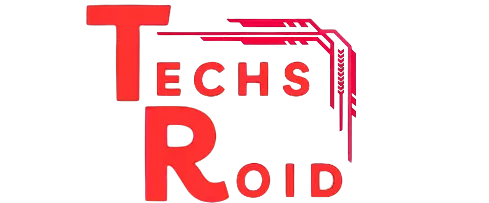
![Cyber Background Checks: Unveiling Digital Truths for Safety [2025]](https://techsroid.com/wp-content/webp-express/webp-images/uploads/2025/05/ChatGPT-Image-May-28-2025-11_10_40-PM-768x768.jpg.webp)
